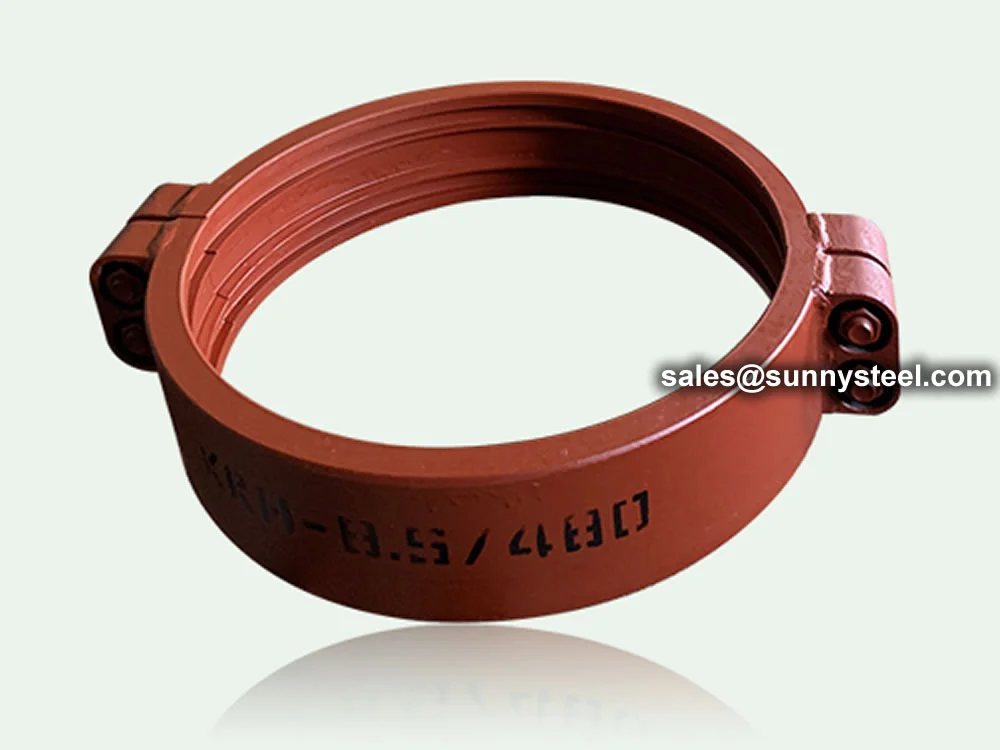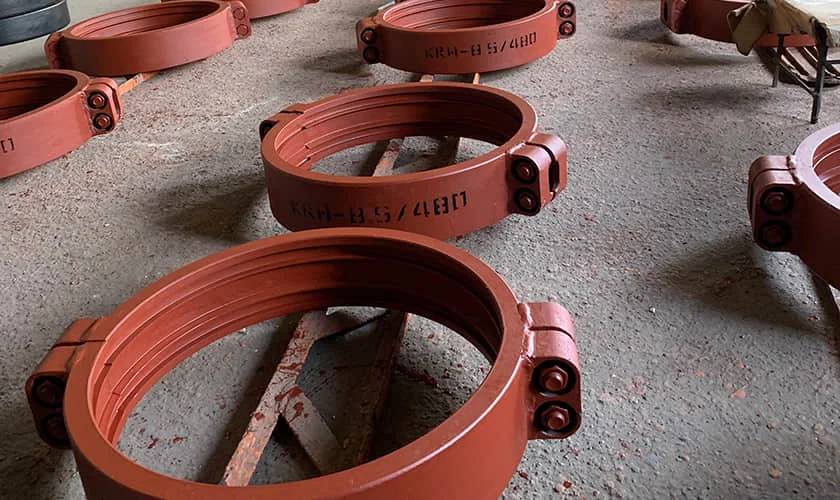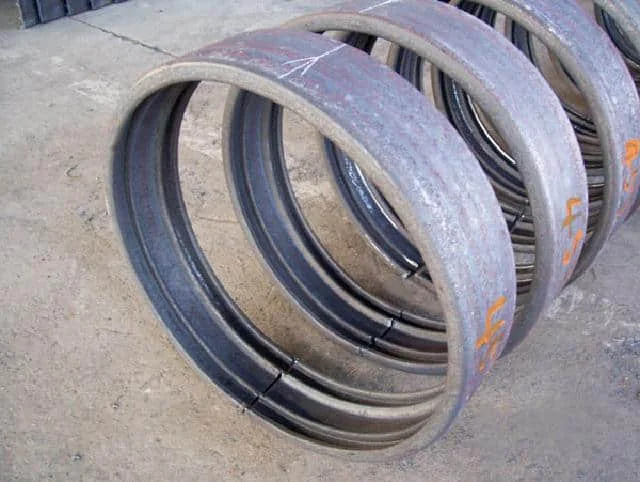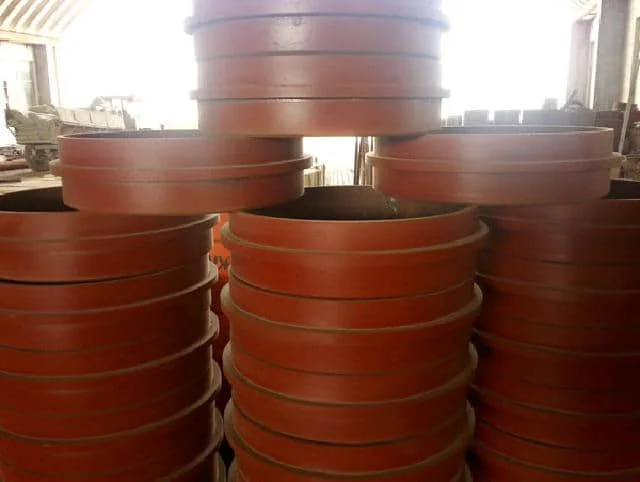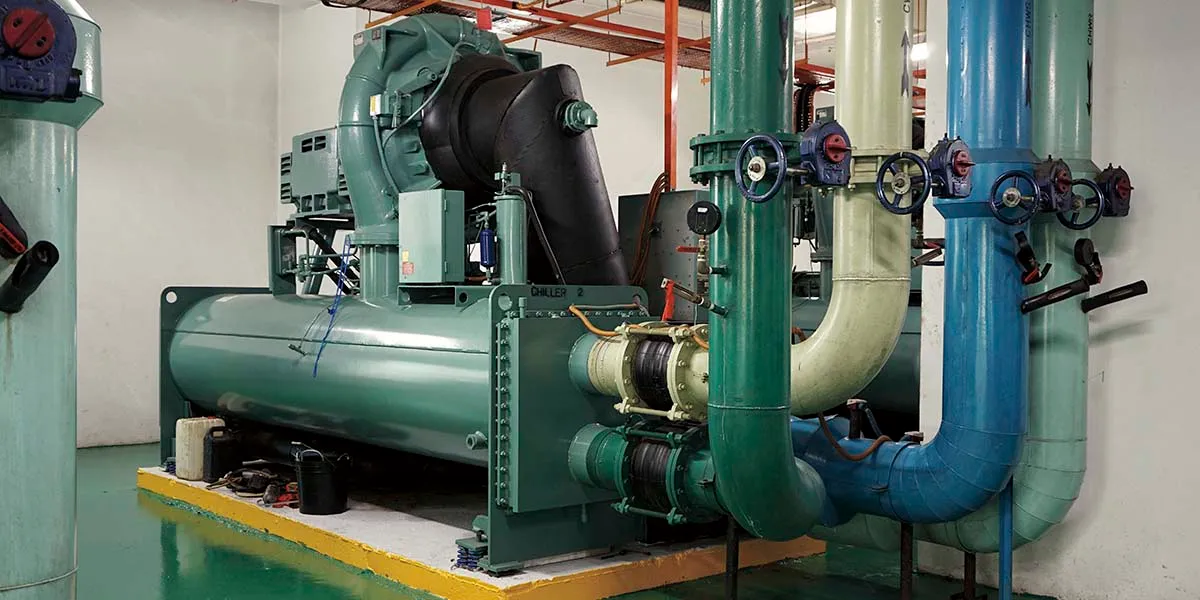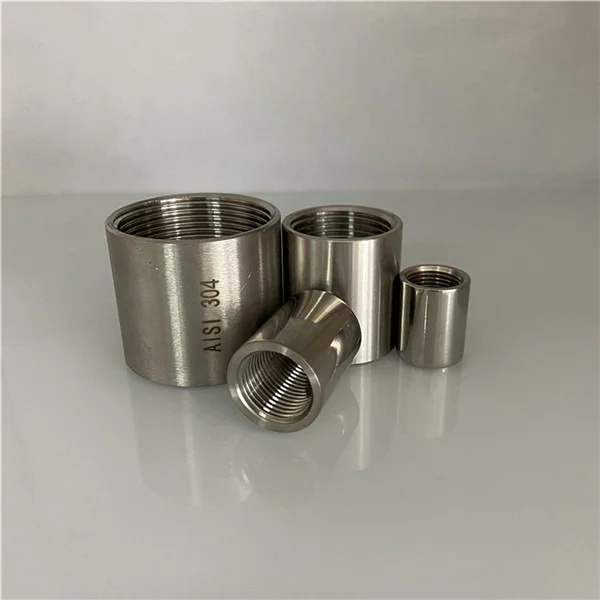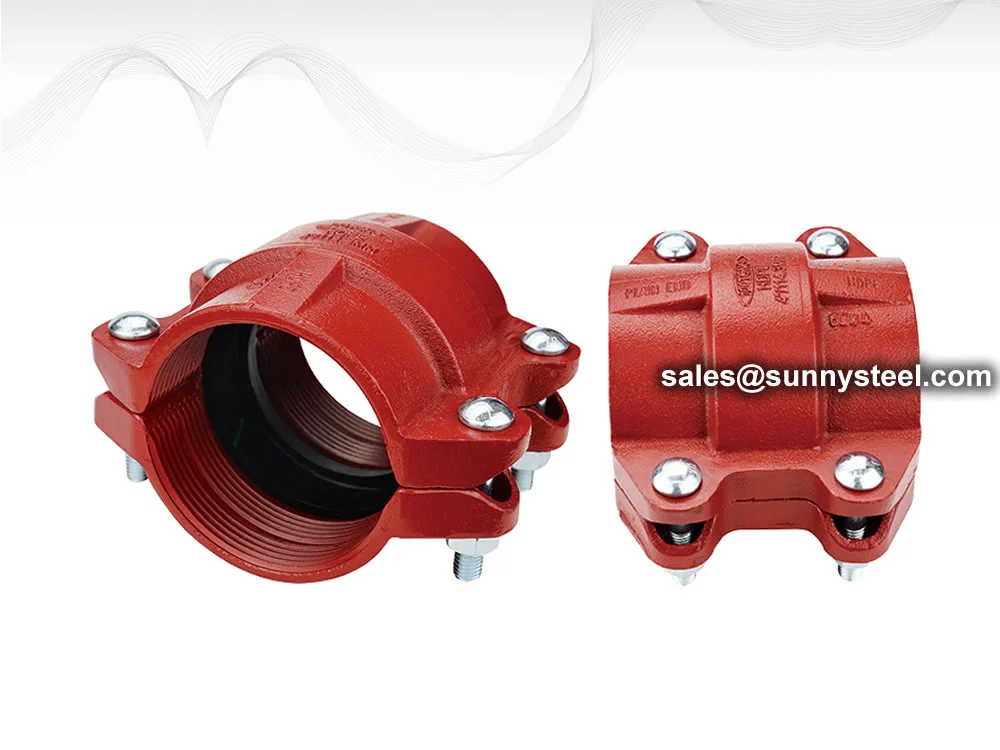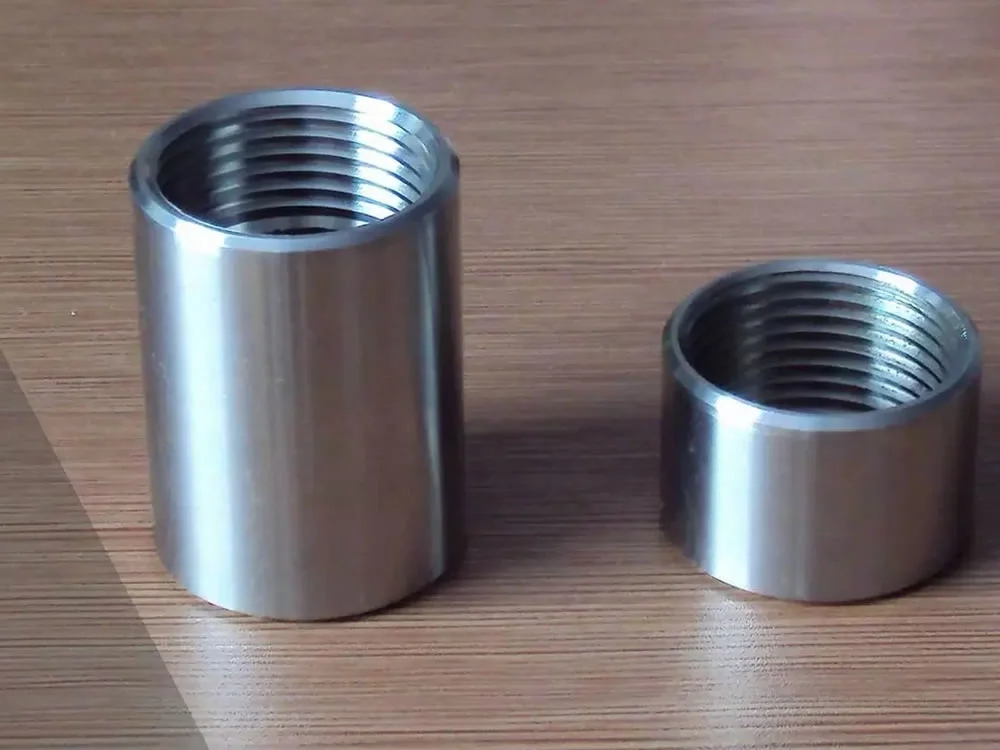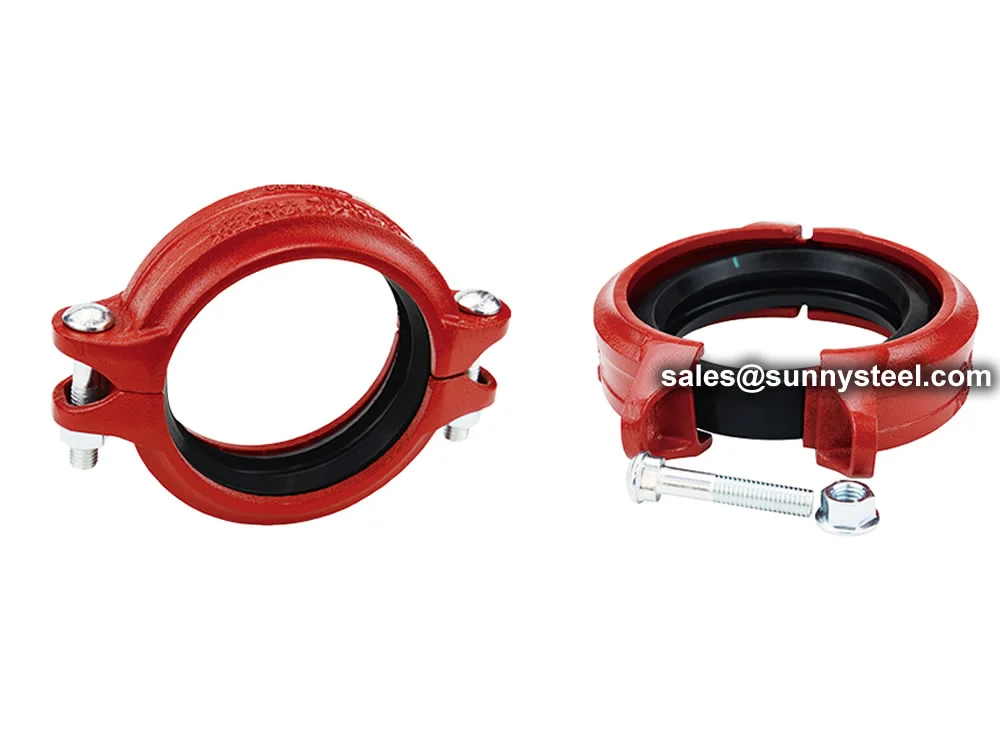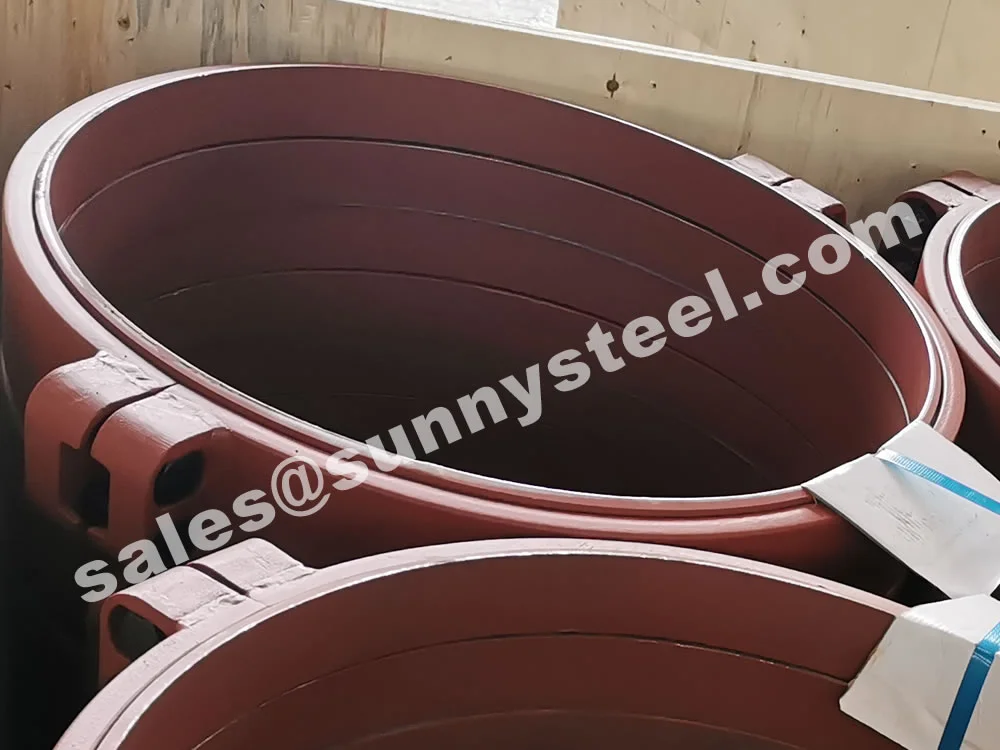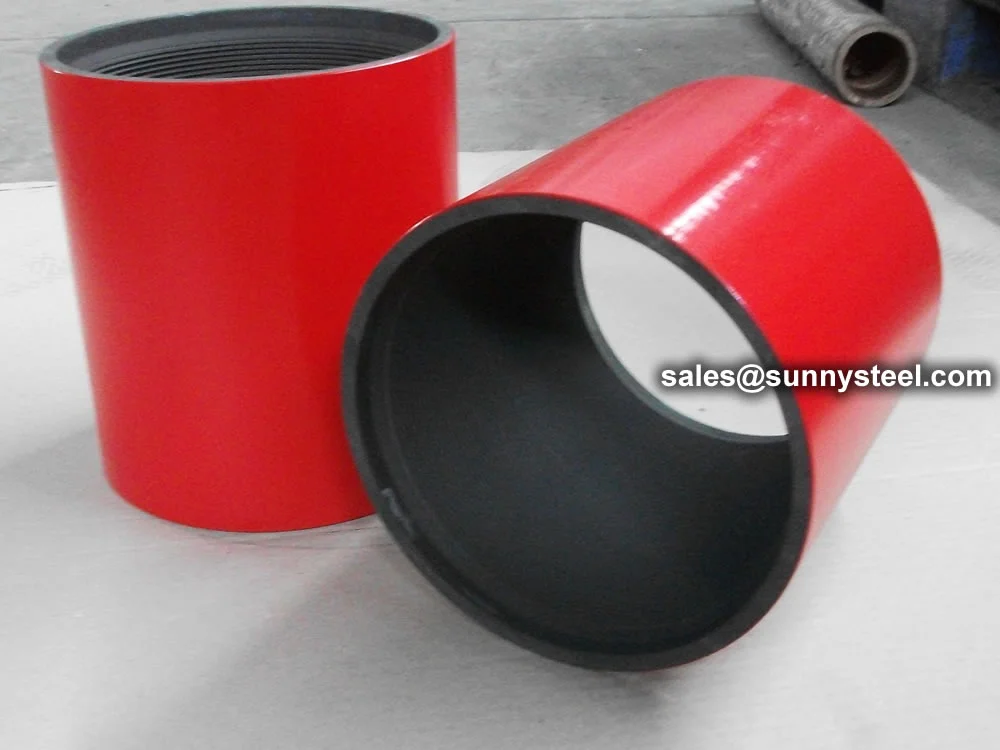Clamp Pipe Joint for Flexible Piping Systems is a versatile pipe repair
clamp designed to connect or repair pipes by clamping around the joint, allowing for flexibility to
absorb thermal expansion, contraction, and misalignment. These flexible pipe joint solutions use a
stainless steel clamp body with rubber sealing gaskets and high-strength bolts for secure, leak-free performance.
Conforming to standards like ASTM A240 for stainless steel and API 5L for piping compatibility, clamp pipe
joint is widely used in petrochemical pipelines, water treatment systems, municipal infrastructure, and
power generation plants, providing robust corrosion resistant joint and boiler pipeline
protection under pressures up to 300 PSI and temperatures from -20°C to 120°C.
The manufacturing process involves precision machining or casting of the stainless steel clamp halves, paired with
EPDM or NBR rubber gaskets for sealing and bolts for adjustable tension. Available in single or double-section
designs, thermal expansion joint types like bell joint clamps or full circumferential clamps
accommodate pipe diameters from 2" to 48" (DN50 to DN1200), with gasket widths up to 12 inches for wide sealing
coverage. Surface treatments such as electro-polishing or epoxy coating enhance corrosion
resistance, making them suitable for harsh environments like buried pipelines or corrosive fluids in
chemical plants. The clamp's bolted design allows for quick installation without welding, supporting both metal
(steel, cast iron) and plastic (PVC, PE) pipes.
Clamp Pipe Joint undergoes rigorous testing, including hydrostatic pressure, tensile strength, and
sealing integrity tests, to comply with ASTM, API, and ISO standards. The rubber gasket provides a watertight seal,
while the stainless steel body resists rust and chemical degradation, ensuring long-term reliability. In
petrochemical applications, these pipeline clamp fitting repair leaks in high-pressure lines
without system shutdown, while in water supply systems, they accommodate ground settlement. The flexible design
compensates for axial movement up to 50mm and angular deflection up to 6°, reducing stress on pipelines and
preventing cracks or failures.
Compared to rigid welded or flanged joints, clamp pipe joint offers superior flexibility and ease
of maintenance, with installation times as low as 15 minutes per joint. Single-section clamps are ideal for small
repairs, while two-section designs handle larger diameters and provide 360° sealing. These corrosion
resistant joint solutions support tapped outlets for branches and are certified by institutions like
DVGW and Lloyd's Register for use in gas, oil, and water pipelines. Their comprehensive cost-performance ratio makes
them a preferred alternative to traditional methods, especially in underground or hard-to-access locations.
Addressing challenges like pipeline leaks, thermal stress, and corrosion in industrial systems, clamp pipe
joint delivers a flexible, durable solution for piping system joint needs. Its ability
to compensate for movement while maintaining pressure integrity ensures long-term performance and safety. Whether in
oil and gas pipelines, municipal water networks, or petrochemical processes, these joints provide efficient
boiler pipeline protection, reducing downtime and maintenance costs in demanding environments.
Chemical Composition of Clamp Pipe Joint (Stainless Steel ASTM A240 TP304)
| Element |
Composition (%) |
| Carbon (C) |
≤0.08 |
| Manganese (Mn) |
≤2.00 |
| Phosphorus (P) |
≤0.045 |
| Sulfur (S) |
≤0.030 |
| Silicon (Si) |
≤1.00 |
| Chromium (Cr) |
18.0-20.0 |
| Nickel (Ni) |
8.0-11.0 |
Mechanical Properties of Clamp Pipe Joint (Stainless Steel ASTM A240 TP304)
| Property |
Value |
| Tensile Strength, min (MPa) |
515 |
| Yield Strength, min (MPa) |
205 |
| Elongation, min (%) |
35 |
| Hardness, max (HBW) |
192 |
Chemical Composition of Clamp Pipe Joint (Carbon Steel Clamp Body)
| Element |
Composition (%) |
| Carbon (C) |
≤0.25 |
| Manganese (Mn) |
0.40-0.70 |
| Phosphorus (P) |
≤0.035 |
| Sulfur (S) |
≤0.035 |
| Silicon (Si) |
0.15-0.35 |
Mechanical Properties of Clamp Pipe Joint (Carbon Steel Clamp Body)
| Property |
Value |
| Tensile Strength, min (MPa) |
450 |
| Yield Strength, min (MPa) |
245 |
| Elongation, min (%) |
22 |
| Hardness, max (HBW) |
197 |
